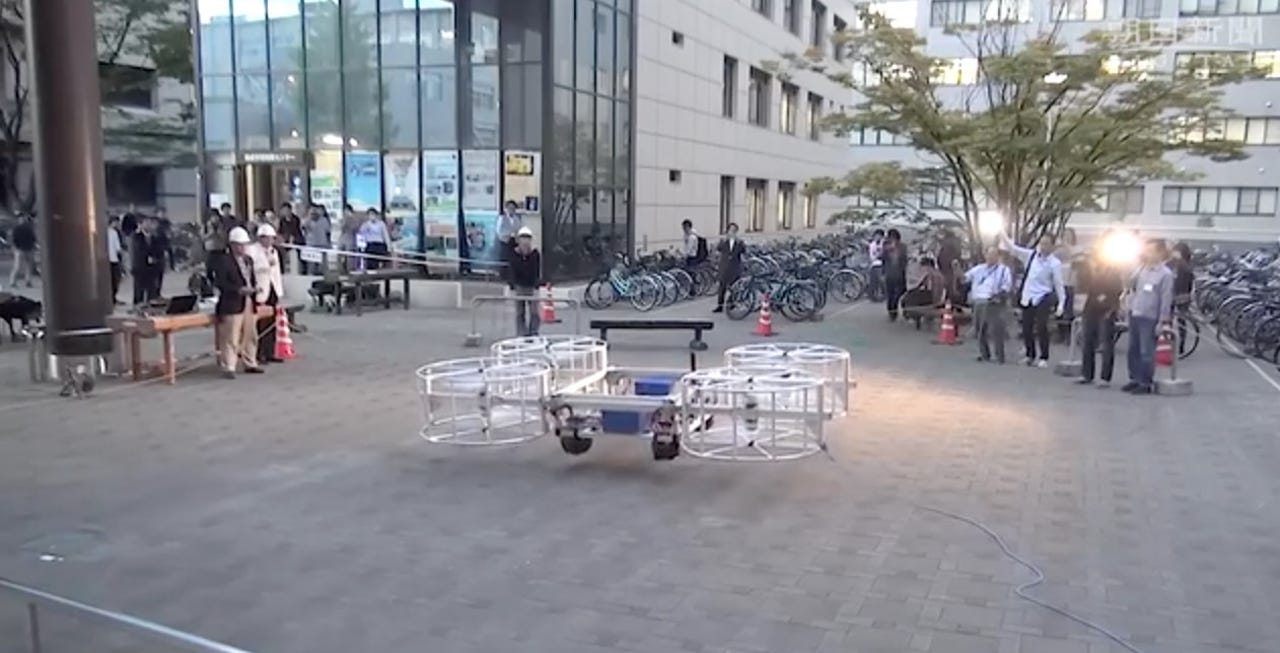Engineers to light up Tokyo Olympics torch with a flying car


A team of engineers in Tokyo are working furiously on a flying car to light up the Olympic torch at the 2020 Tokyo games.
We don't have much time, and to create a functional, safe flying machine able to also take to the road in time is going to put the team to the test.
According to local publication the Asahi Shimbun, engineers have come together to form the Cart!vator group. Established by Tsubasa Nakamura in 2012, the engineering group aims to "provide a dream for the next generation."
In this case, it seems, the dream is a Jetsons flying car made reality and showcased at the games.
The flying car will be able to take off and land vertically, measuring in at 2.9 meters long and 1.3 meters wide. Operated through a steering wheel and standard acceleration pad in either the air or on the road, the vehicle will not only act as a single-seater electric tricycle, but is equipped with two propellers to lift the car up into the air at the driver's command.
Cart!vator hopes that eventually the vehicle will be able to fly 50 kilometers at an altitude of 150 meters, and could even find real-world applications such as airlifting injured people during times of natural disaster when roads are blocked.
Masafumi Miwa, an associate professor of mechanical engineering at Tokushima University's graduate school who is also working with the group told the publication:
"If technological innovation is achieved in the battery performance and other fields, the vehicle could be commercialized in the future."
There is a long road to travel as the current prototype is only able to fly at an altitude of one meter for no more than five seconds.
While the group hopes to improve this performance by reducing weight and using carbon-fiber materials, the main issue is funding -- of which at least another 30 million yen is required to make the dream a reality in time for the Olympics.